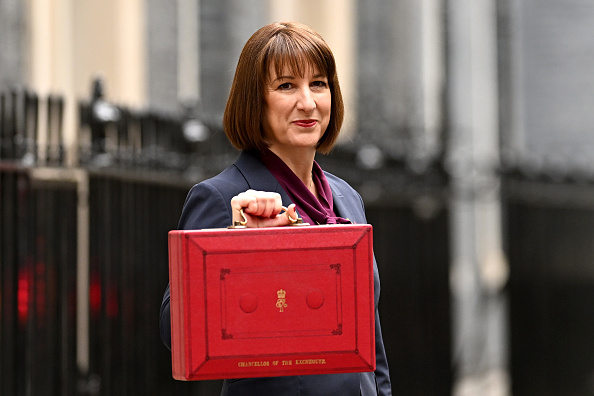Sage today releases research titled, ‘Why your workforce isn’t working’. The research reveals that while many companies invest in quirky benefits to keep staff happy, employees aren’t impressed.
Commissioned by Sage People, the study spoke to 3,500 global workers to uncover what people really want from their employers. The UK findings show the disconnect between the benefits employers provide and what employees want. This failure to listen is costing UK businesses in the form of reduced productivity levels and a disengaged workforce.
Are ping pong tables really the answer?
There is a growing trend for organisations to offer quirky benefits in an effort to attract and retain staff. But this study revealed the value employees actually place on these isn’t there in return. Only nine per cent believe company outings are a valuable benefit, and even fewer were favourable on office games such as ping-pong – with only six per cent saying they value it as part of the work experience. In fact, in some cases people felt these were doing more harm than good: with over half (55 per cent) saying that they are distracting and decrease productivity.
Productivity is a major issue for businesses – the IMF estimates that productivity growth has slowed so much since 2008 that GDP in advanced economies should be five per cent higher today. ‘Why your workforce isn’t working’ showed that more than half (55 per cent) of respondents say they’re productive in their role for less than 30 hours per week. Distractions like ping pong tables and company outings could therefore be adding to the productivity issue businesses are facing rather than solving it.
Crucially, those surveyed stated they wanted their opinions on workforce experiences heard in the workplace, yet many organisations don’t proactively consult their employees on how to improve their everyday experiences. Almost half of UK workers (46 per cent) have never been asked by their employer what will improve their experiences and impact their productivity and only 13 per cent are asked on a regular basis.
A productive workforce experience is key to retaining talent
Developing and managing workforce experiences has the power to drastically improve recruitment, staff retention and productivity, but many companies are floundering in outdated HR management practices. Frequently, HR tries to get employee feedback through tools such as annual engagement surveys, but this alone isn’t enough and is far from effective, with only 22 per cent of UK respondents seeing annual employee satisfaction surveys as very important to their workplace experiences. Twenty-seven per cent also see filling out employee satisfaction surveys as a distraction, decreasing productivity in the workplace. And this is crucial, given it’s currently an employee’s market – of those surveyed, 60 per cent of senior managers and above claim to be regularly approached by recruiters.
‘Attracting and retaining talent is not a new challenge given the global skills crisis, but there are few signs of companies solving the issue. There is a clear disconnect between the employee and the employer in what constitutes a valued and productive workforce experience,’ says Paul Burrin, vice president at Sage People.
‘Employers must listen, understand what their workforce wants, and crucially, act on this feedback. It’s never been easier to find new job opportunities and if organisations don’t provide positive workforce experiences, their staff will go elsewhere.’
Personalising workforce experiences
When looking to discover how to improve and personalise employee experiences, companies should take their cue from their people. Almost half of UK workers feel that the HR/People team could increase the value it provides to employees by improving wellness at work (42 per cent). A third (33 per cent) also felt that an organisation could increase its value by using data and have access to actionable insights to inform people decisions, rather than relying on gut instinct.
HR and People technology can be used to gather immediate feedback around key events in the employee journey. And for those businesses willing to take feedback from their people and embrace new ideas, new technology can provide businesses with the means and flexibility to design, implement and measure workforce experiences that make a tangible difference to employee acquisition, retention, and productivity.
Burrin concludes, ‘Organisations need to make it a priority to know what motivates and drives their people, and work with them to create positive experiences so that their people are doing their best work. This is essential if we are to avoid productivity and GDP stagnating.’





